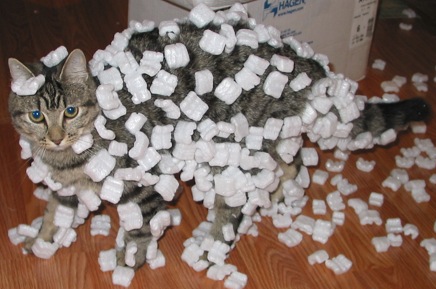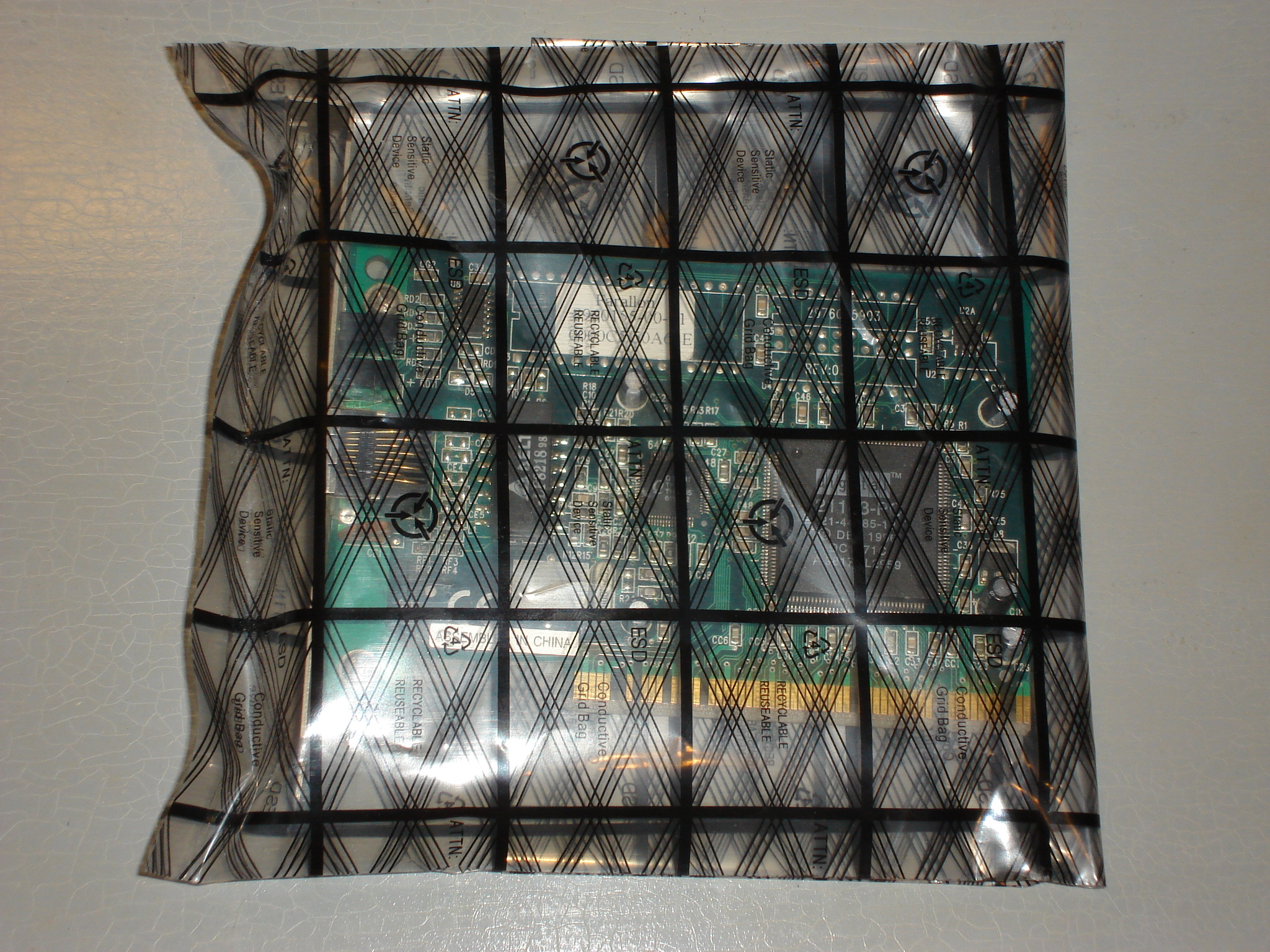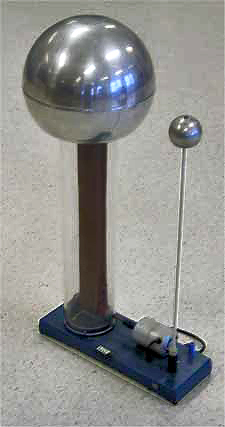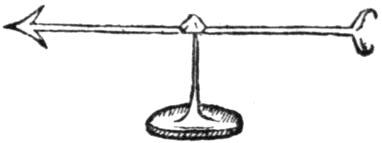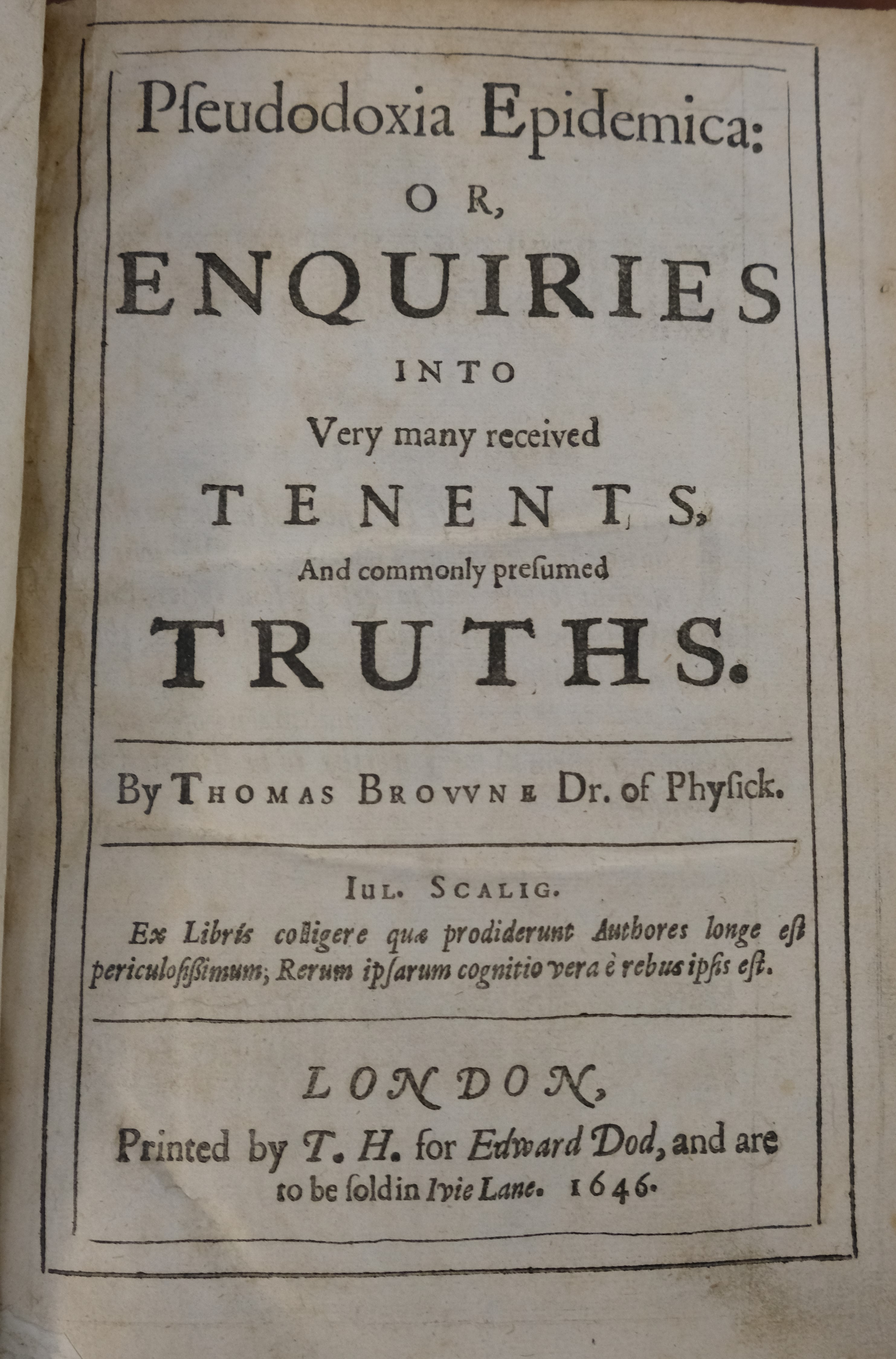|
Triboelectric
The triboelectric effect (also known as triboelectricity, triboelectric charging, triboelectrification, or tribocharging) describes electric charge transfer between two objects when they contact or slide against each other. It can occur with different materials, such as the sole of a shoe on a carpet, or between two pieces of the same material. It is ubiquitous, and occurs with differing amounts of charge transfer (tribocharge) for all solid materials. There is evidence that tribocharging can occur between combinations of solids, liquids and gases, for instance liquid flowing in a solid tube or an aircraft flying through air. Often static electricity is a consequence of the triboelectric effect when the charge stays on one or both of the objects and is not conducted away. The term triboelectricity has been used to refer to the field of study or the general phenomenon of the triboelectric effect, or to the static electricity that results from it. When there is no sliding, triboc ... [...More Info...] [...Related Items...] OR: [Wikipedia] [Google] [Baidu] |
Static Electricity
Static electricity is an imbalance of electric charges within or on the surface of a material. The charge remains until it can move away by an electric current or electrical discharge. The word "static" is used to differentiate it from electric current, current electricity, where an electric charge flows through an electrical conductor. A static electric charge can be created whenever two surfaces contact and/or slide against each other and then separate. The effects of static electricity are familiar to most people because they can feel, hear, and even see sparks if the excess charge is neutralized when brought close to an electrical conductor (for example, a path to ground), or a region with an excess charge of the opposite polarity (positive or negative). The familiar phenomenon of a static shockmore specifically, an electrostatic dischargeis caused by the neutralization of a charge. Causes Materials are made of atoms that are normally electrically neutral because they contai ... [...More Info...] [...Related Items...] OR: [Wikipedia] [Google] [Baidu] |
Electrostatic Generator
An electrostatic generator, or electrostatic machine, is an electric generator, electrical generator that produces ''static electricity'', or electricity at high voltage and low continuous current. The knowledge of static electricity dates back to the earliest civilizations, but for millennia it remained merely an interesting and mystifying phenomenon, without a theory to explain its behavior and often confused with magnetism. By the end of the 17th century, researchers had developed practical means of generating electricity by friction, but the development of electrostatic machines did not begin in earnest until the 18th century, when they became fundamental instruments in the studies about the new science of electricity. Electrostatic generators operate by using manual (or other) power to transform mechanical work into electric energy, or using electric currents. Manual electrostatic generators develop electrostatic electrical charge, charges of opposite signs rendered to two co ... [...More Info...] [...Related Items...] OR: [Wikipedia] [Google] [Baidu] |
Electric Charge
Electric charge (symbol ''q'', sometimes ''Q'') is a physical property of matter that causes it to experience a force when placed in an electromagnetic field. Electric charge can be ''positive'' or ''negative''. Like charges repel each other and unlike charges attract each other. An object with no net charge is referred to as neutral particle, electrically neutral. Early knowledge of how charged substances interact is now called classical electrodynamics, and is still accurate for problems that do not require consideration of quantum mechanics, quantum effects. In an isolated system, the total charge stays the same - the amount of positive charge minus the amount of negative charge does not change over time. Electric charge is carried by subatomic particles. In ordinary matter, negative charge is carried by electrons, and positive charge is carried by the protons in the atomic nucleus, nuclei of atoms. If there are more electrons than protons in a piece of matter, it will have a ... [...More Info...] [...Related Items...] OR: [Wikipedia] [Google] [Baidu] |
Electricity
Electricity is the set of physical phenomena associated with the presence and motion of matter possessing an electric charge. Electricity is related to magnetism, both being part of the phenomenon of electromagnetism, as described by Maxwell's equations. Common phenomena are related to electricity, including lightning, static electricity, electric heating, electric discharges and many others. The presence of either a positive or negative electric charge produces an electric field. The motion of electric charges is an electric current and produces a magnetic field. In most applications, Coulomb's law determines the force acting on an electric charge. Electric potential is the Work (physics), work done to move an electric charge from one point to another within an electric field, typically measured in volts. Electricity plays a central role in many modern technologies, serving in electric power where electric current is used to energise equipment, and in electronics dealing w ... [...More Info...] [...Related Items...] OR: [Wikipedia] [Google] [Baidu] |
De Magnete
''De Magnete, Magneticisque Corporibus, et de Magno Magnete Tellure'' (''On the Magnet and Magnetic Bodies, and on That Great Magnet the Earth'') is a scientific work published in 1600 by the English physician and scientist William Gilbert. A highly influential and successful book, it exerted an immediate influence on many contemporary writers, including Francis Godwin and Mark Ridley. Contents In ''De Magnete'', Gilbert described many of his experiments with his model Earth called the '' terrella''. Gilbert made the claim that gravity was due to the same force and he believed that this held the Moon in orbit around the Earth. The work then considered static electricity produced by amber. Amber is called ''elektron'' in Greek, and ''electrum'' in Latin, so Gilbert decided to refer to the phenomenon by the adjective ''electricus''. Summary ''De Magnete'' consists of six books. Book 1 Historical survey of magnetism and theory of Earth's magnetism. The lodestone in antiq ... [...More Info...] [...Related Items...] OR: [Wikipedia] [Google] [Baidu] |
Sir Thomas Browne
Sir Thomas Browne ( "brown"; 19 October 160519 October 1682) was an English polymath and author of varied works which reveal his wide learning in diverse fields including science and medicine, religion and the esoteric. His writings display a deep curiosity towards the natural world, influenced by the Scientific Revolution of Baconian enquiry and are permeated by references to Classical and Biblical sources as well as the idiosyncrasies of his own personality. Although often described as suffused with melancholia, Browne's writings are also characterised by wit and subtle humour, while his literary style is varied, according to genre, resulting in a rich, unique prose which ranges from rough notebook observations to polished Baroque eloquence. Biography Early life Thomas Browne was born in the parish of St Michael, Cheapside, in London on 19 October 1605. He was the youngest child of Thomas Browne, a silk merchant from Upton, Cheshire, and Anne Browne, the daughter of P ... [...More Info...] [...Related Items...] OR: [Wikipedia] [Google] [Baidu] |
Pseudodoxia Epidemica
''Pseudodoxia Epidemica: or, Enquiries into very many received tenents and commonly presumed truths'', also known simply as ''Pseudodoxia Epidemica'' or ''Vulgar Errors'', is a work by the English polymath Thomas Browne, challenging and refuting the "vulgar" or common errors and superstitions of his own historical era. It first appeared in 1646 and went through five subsequent editions, the last revision occurring in 1672. The work includes evidence of Browne's adherence to the Baconian method of empirical observation of nature, and was in the vanguard of work-in-progress scientific journalism during the 17th-century Scientific Revolution. Throughout its pages, frequent examples of Browne's subtle humour can also be found. Browne's three determinants for obtaining truth were the authority of past scholarly works, the act of reason, and empirical experience. Each of these determinants is employed upon subjects ranging from common folklore to cosmology. Subjects covered in ' ... [...More Info...] [...Related Items...] OR: [Wikipedia] [Google] [Baidu] |
Otto Von Guericke
Otto von Guericke ( , , ; spelled Gericke until 1666; – ) was a German scientist, inventor, mathematician and physicist. His pioneering scientific work, the development of experimental methods and repeatable demonstrations on the physics of the vacuum, atmospheric pressure, Electrostatics, electrostatic repulsion, his advocacy for the reality of "action at a distance" and of "absolute Outer space, space" were noteworthy contributions for the advancement of the Scientific Revolution. Von Guericke was a very pious man in the Apollonian and Dionysian, Dionysian tradition and attributed the Vacuum#Outer space, vacuum of space to the creations and designs of an God, infinite divinity. Von Guericke described this duality "as something that 'contains all things' and is 'more precious than gold, without beginning and end, more joyous than the perception of bountiful light' and 'comparable to the heavens'." Biography Early life and education Otto von Guericke was born to a landed g ... [...More Info...] [...Related Items...] OR: [Wikipedia] [Google] [Baidu] |
Cat Demonstrating Static Cling With Styrofoam Peanuts
The cat (''Felis catus''), also referred to as the domestic cat or house cat, is a small Domestication, domesticated carnivorous mammal. It is the only domesticated species of the family Felidae. Advances in archaeology and genetics have shown that the domestication of the cat occurred in the Near East around 7500 BC. It is commonly kept as a pet and working cat, but also ranges freely as a feral cat avoiding human contact. It is valued by humans for companionship and its ability to kill vermin. Its retractable claws are adapted to killing small prey species such as mice and rats. It has a strong, flexible body, quick reflexes, and sharp teeth, and its night vision and sense of smell are well developed. It is a social species, but a solitary hunter and a crepuscular predator. Cat intelligence is evident in their ability to adapt, learn through observation, and solve problems. Research has shown they possess strong memories, exhibit neuroplasticity, and display cognitive skil ... [...More Info...] [...Related Items...] OR: [Wikipedia] [Google] [Baidu] |
Francis Hauksbee The Younger
Francis Hauksbee the Younger (1687 – 11 January 1763) was an English instrument maker and experimentalist. Life He was son of John Hauksbee, who belonged to the Drapers' Company, and his wife Mary; and a nephew of Francis Hauksbee the elder. He was elected clerk and housekeeper to the Royal Society on 9 May 1723. Augustus De Morgan believed that Hauksbee was the first to give lectures with experiments in London, and began them about 1714. He collaborated with William Whiston on lecture series. Hauksbee died on 11 January 1763, aged 75. Instrument maker According to an advertisement, Hauksbee made and sold air-pumps, hydrostatic balances, and reflecting telescopes in Crane Court, Fleet Street, London. His ''Proposals for making a large Reflecting Telescope'' evidences skill as an instrument-maker, and also an acquaintance with John Hadley. Works In 1731 was published ''Essay for introducing a Portable Laboratory by means whereof all the Chemical operations are commodiously p ... [...More Info...] [...Related Items...] OR: [Wikipedia] [Google] [Baidu] |
William Gilbert (physician)
William Gilbert (; 24 May 1544? – 30 November 1603), also known as Gilberd, was an English physician, physicist and natural philosopher. He passionately rejected both the prevailing Aristotelian philosophy and the Scholastic method of university teaching. He is remembered today largely for his book '' De Magnete'' (1600). A unit of magnetomotive force, also known as magnetic potential, was named the '' Gilbert'' in his honour; it has now been superseded by the Ampere-turn. Life and work Gilbert was born in Colchester to Jerome Gilberd, a borough recorder. He was educated at St John's College, Cambridge. After gaining his MD from Cambridge in 1569, and a short spell as bursar of St John's College, he left to practice medicine in London, and he travelled on the continent. In 1573, he was elected a Fellow of the Royal College of Physicians. In 1600, he was elected President of the college.Mottelay, P. Fleury (1893). "Biographical memoir". In He was Elizabeth I's own ph ... [...More Info...] [...Related Items...] OR: [Wikipedia] [Google] [Baidu] |
